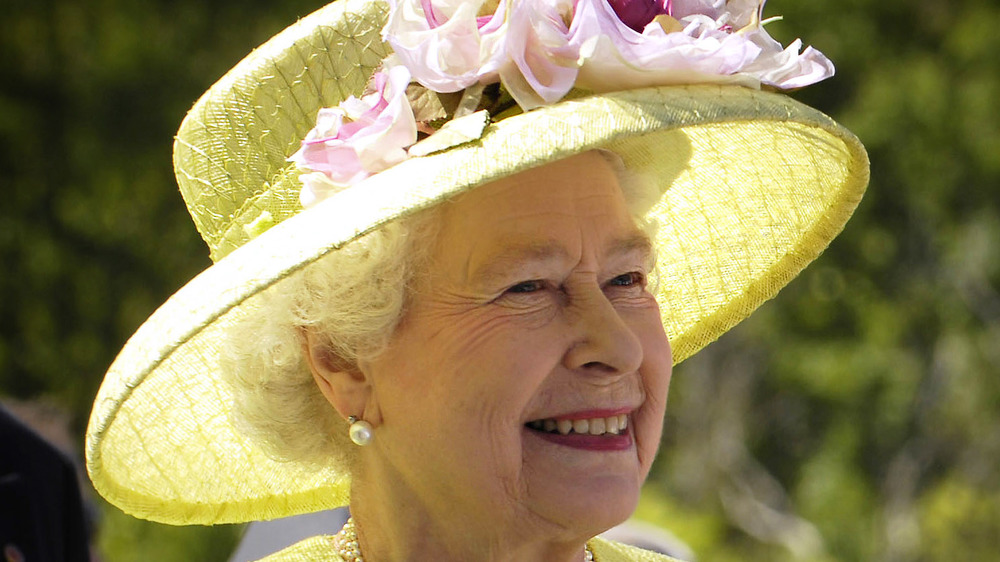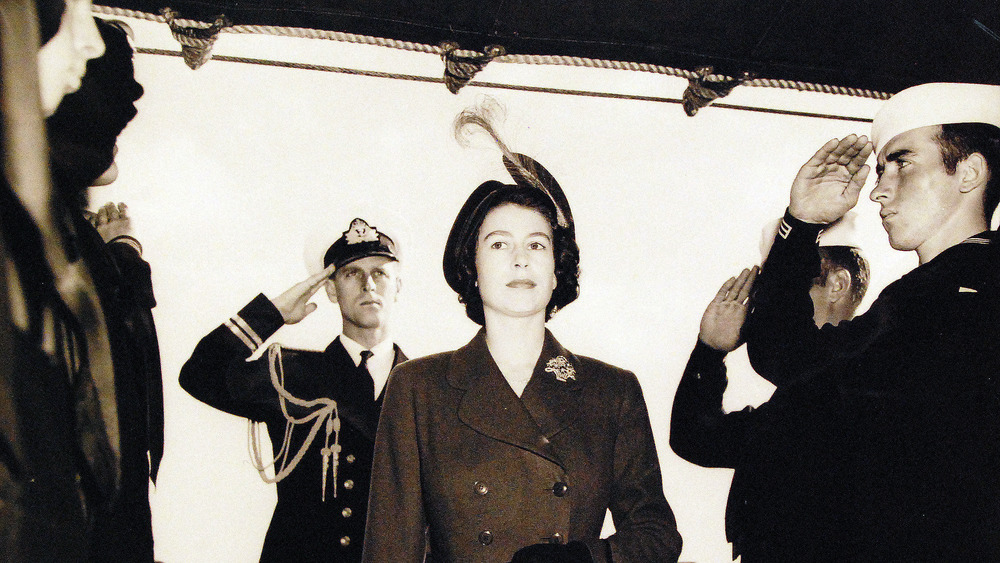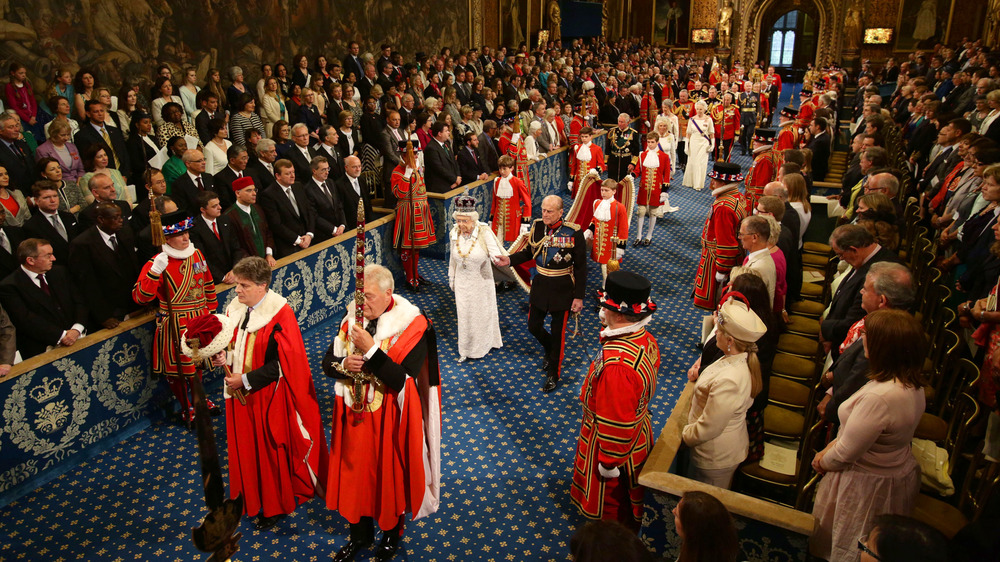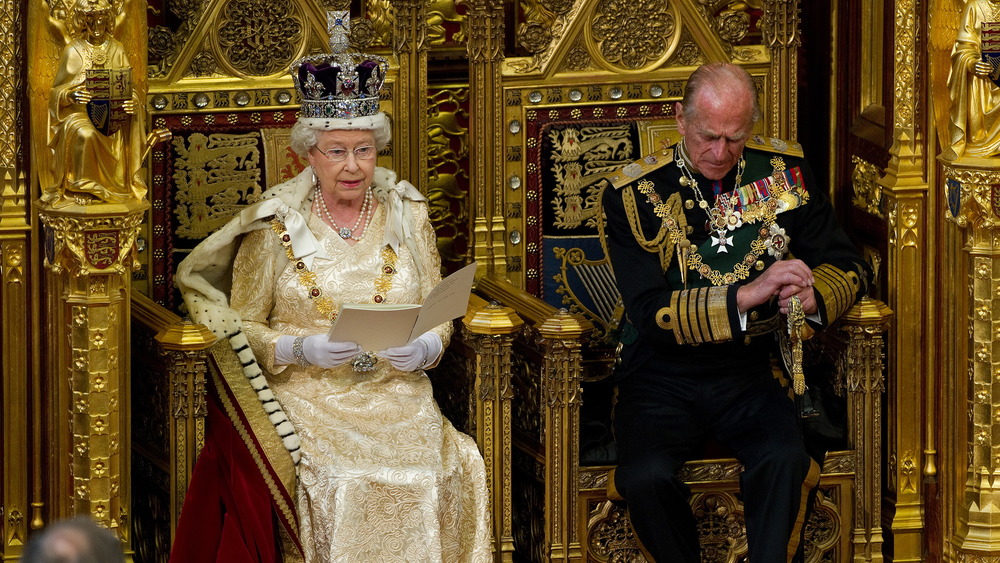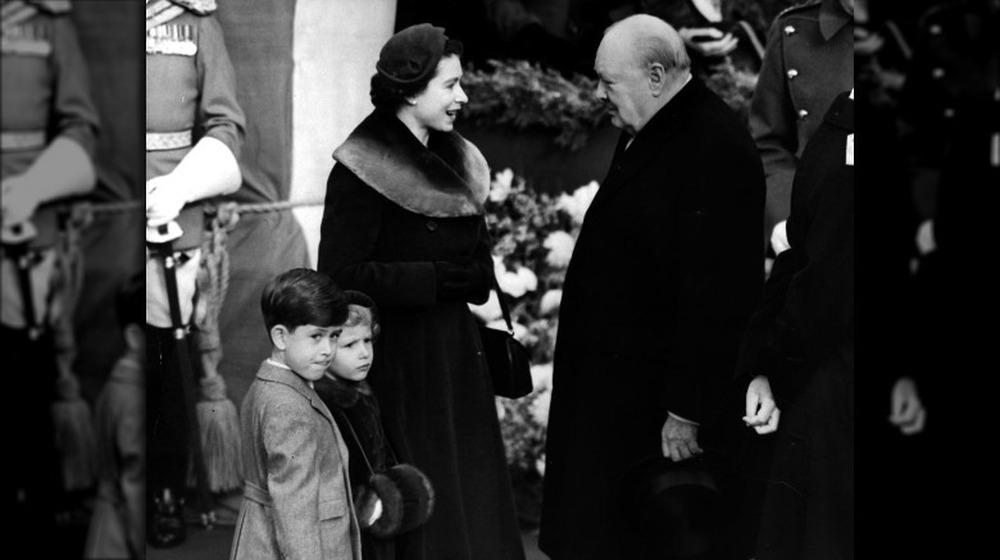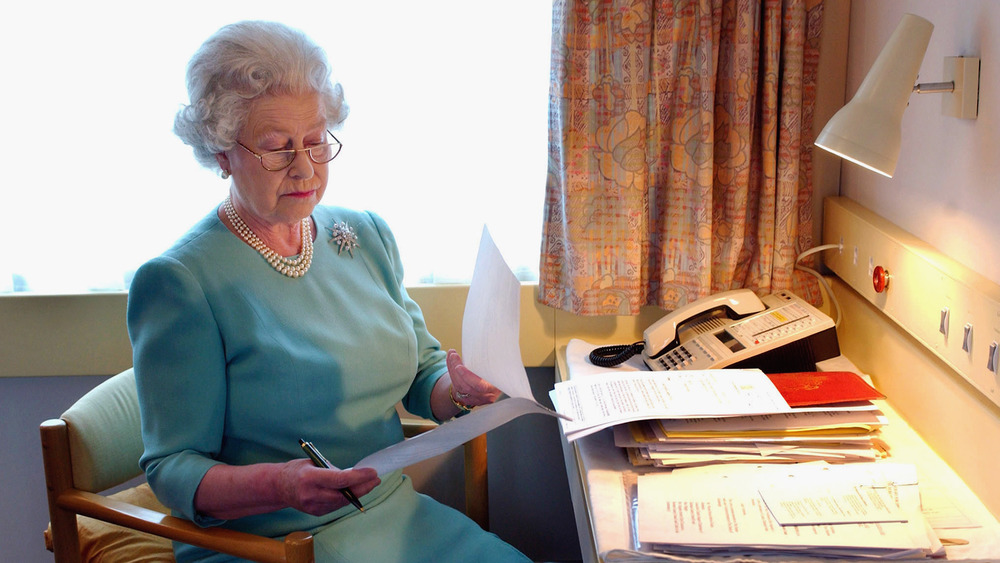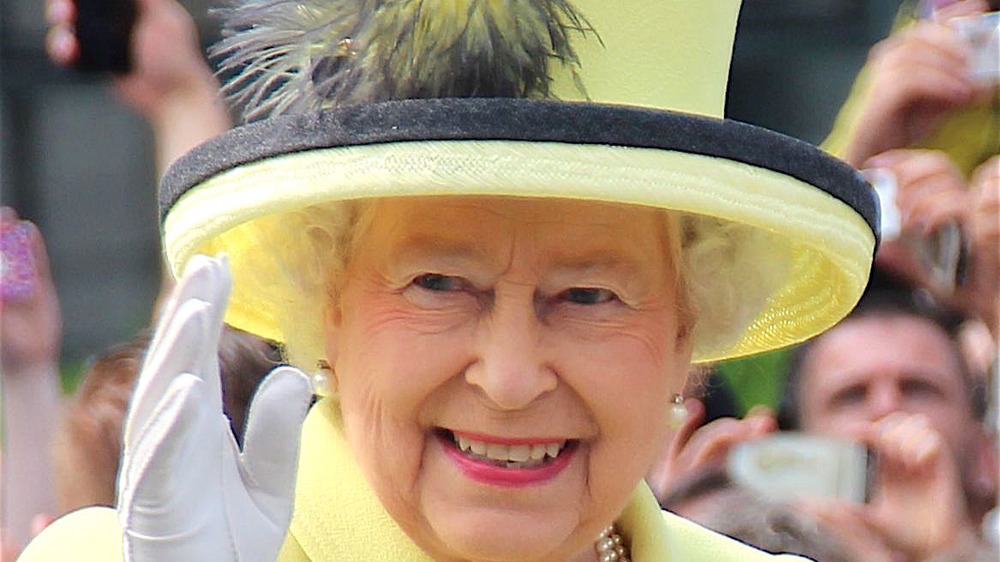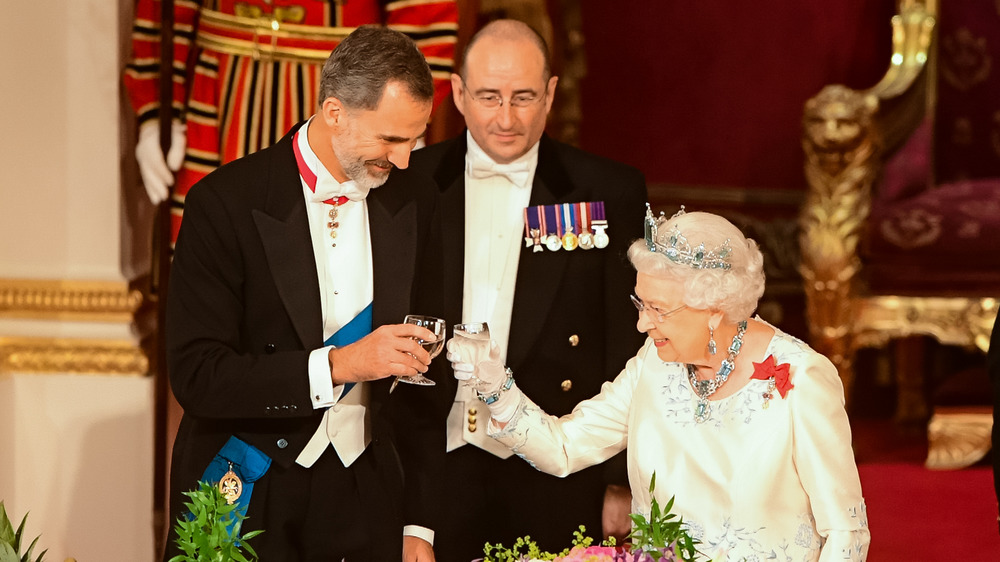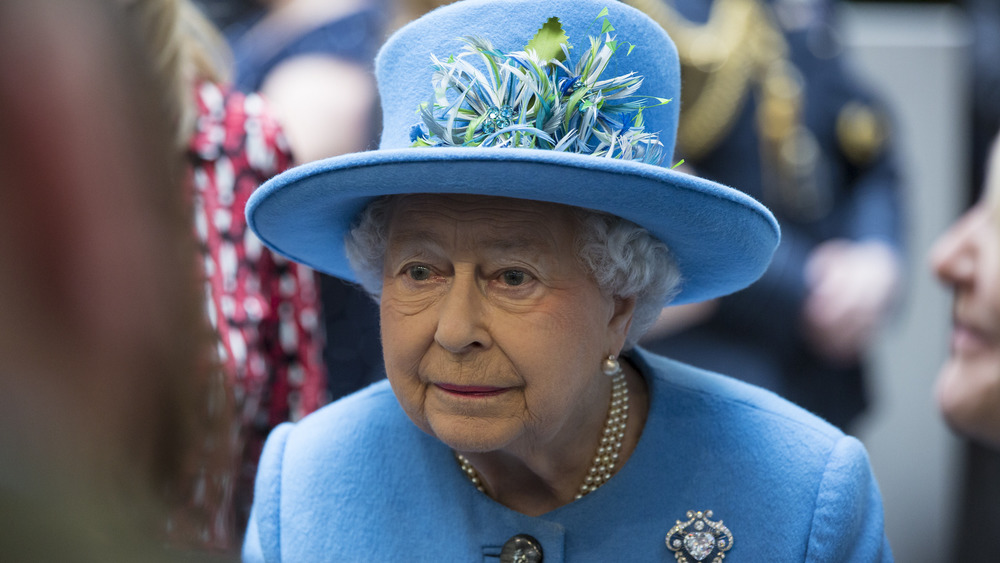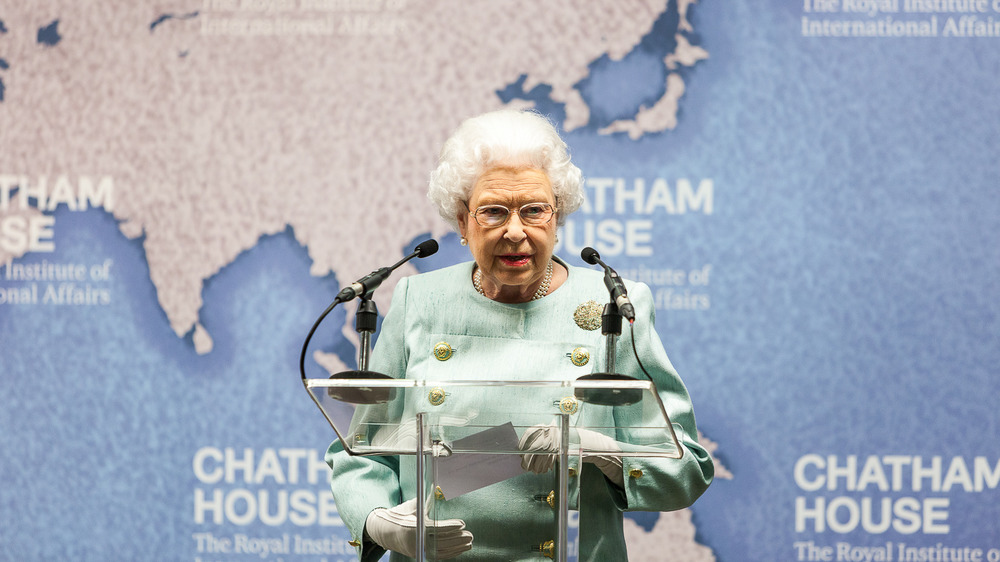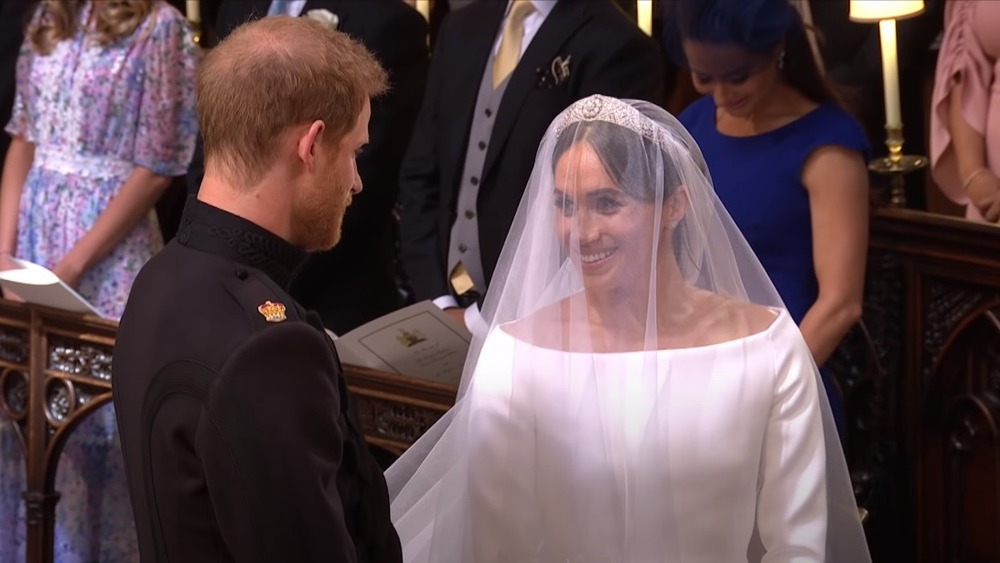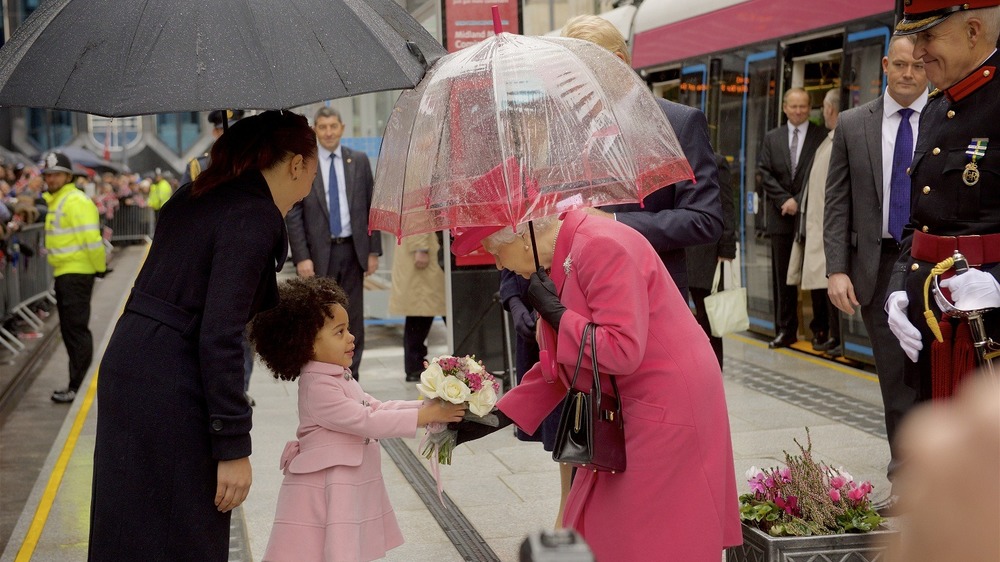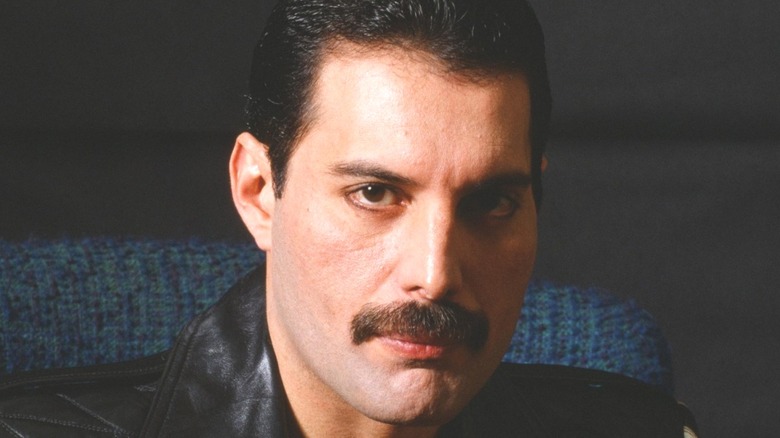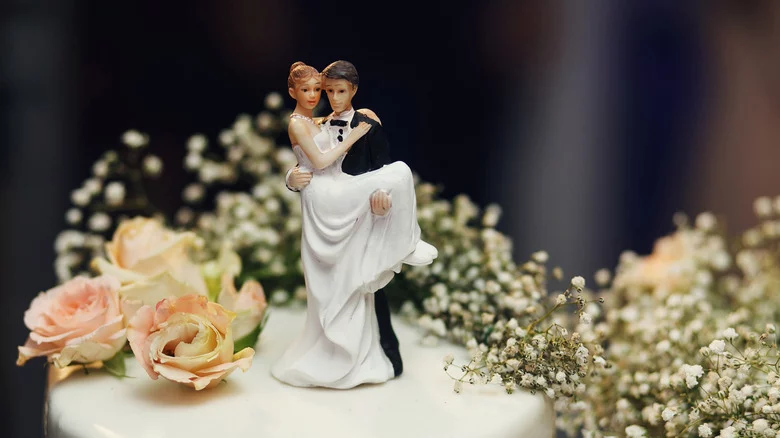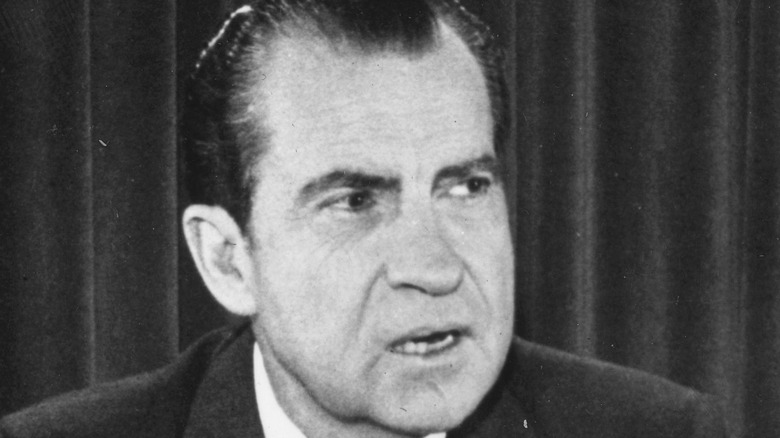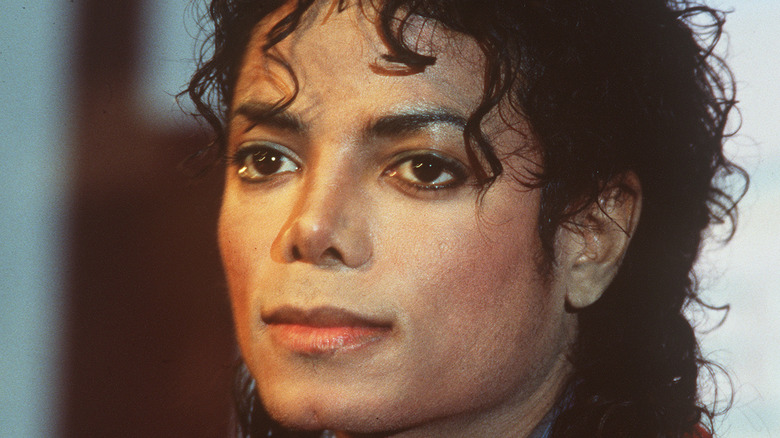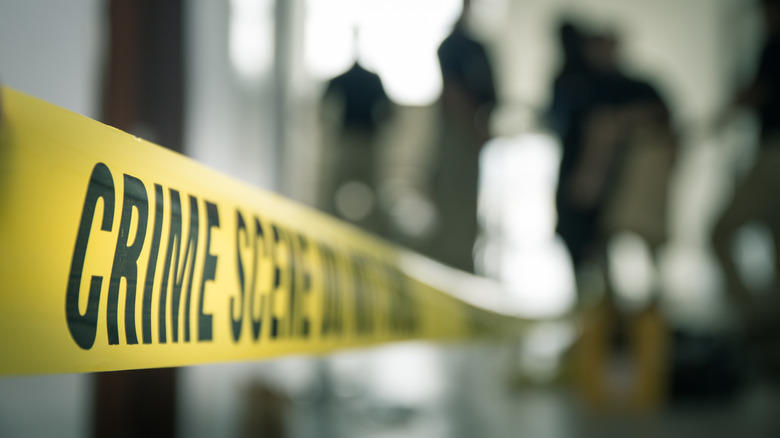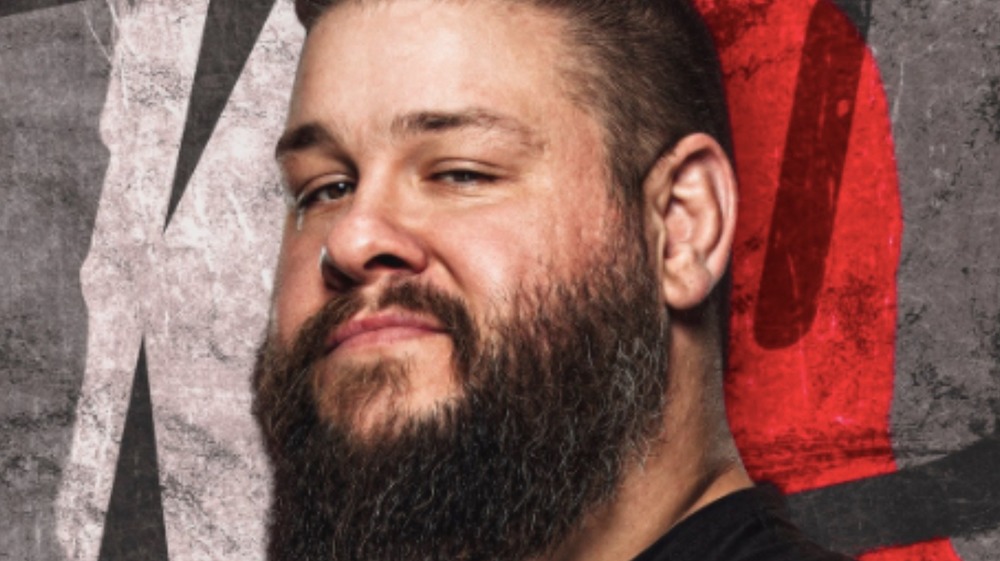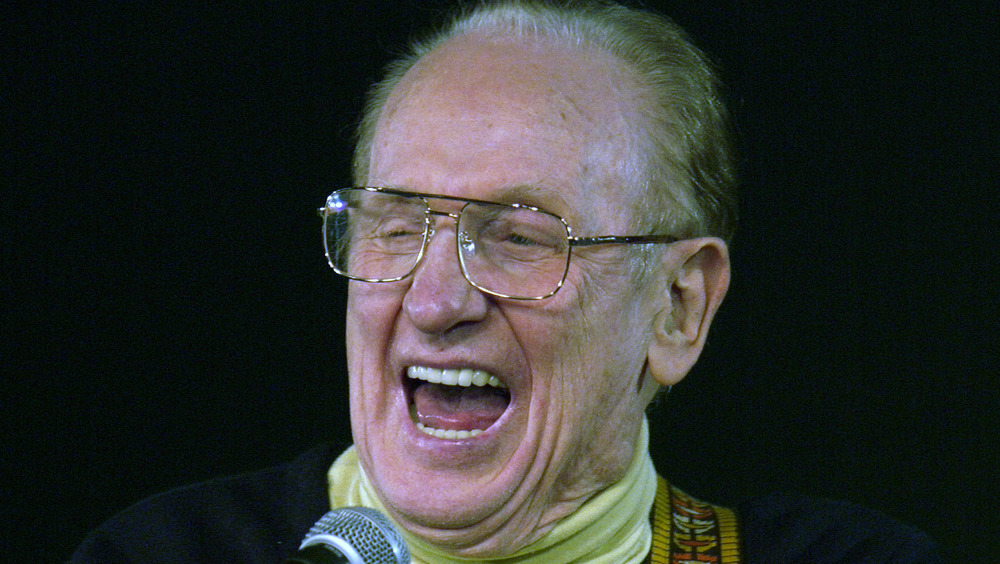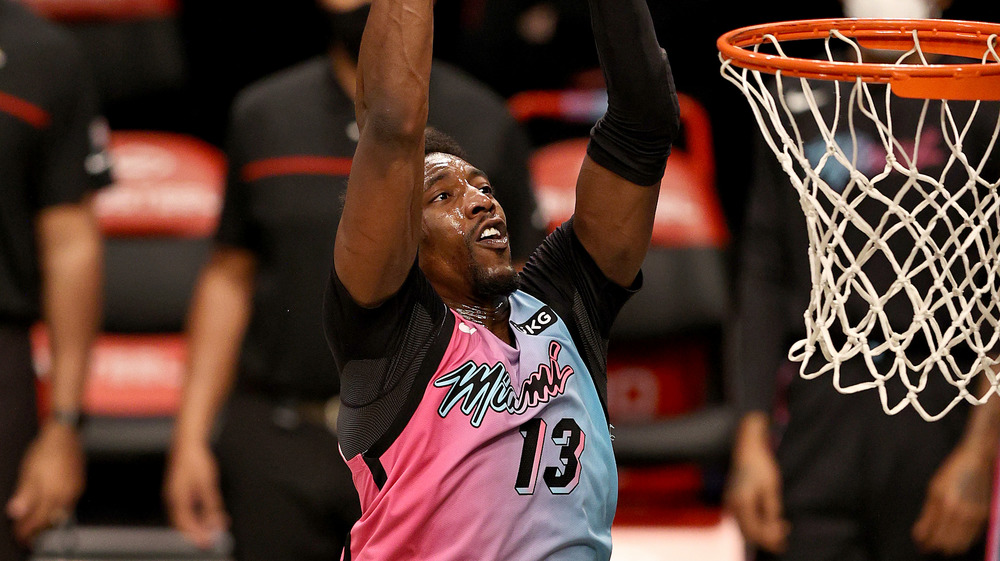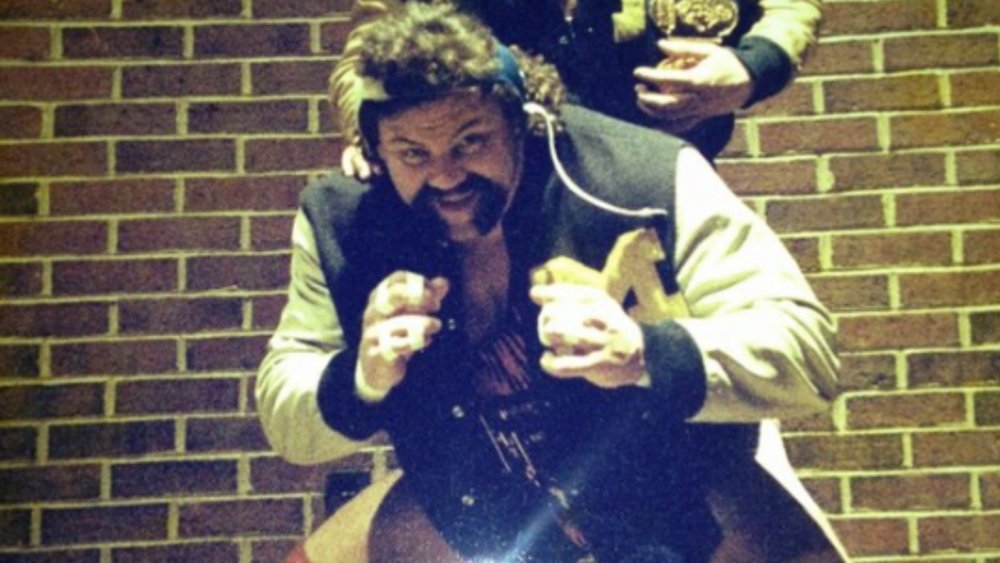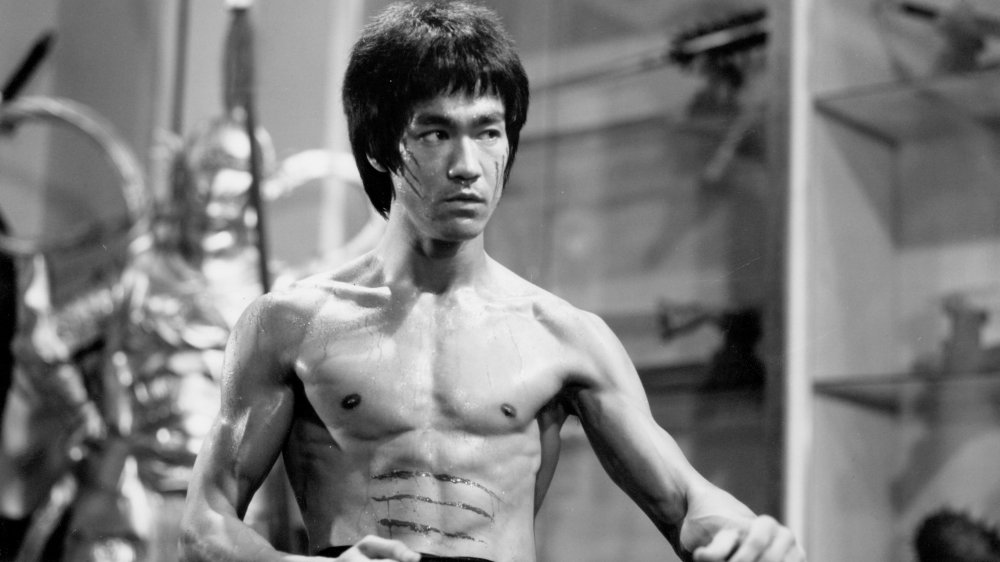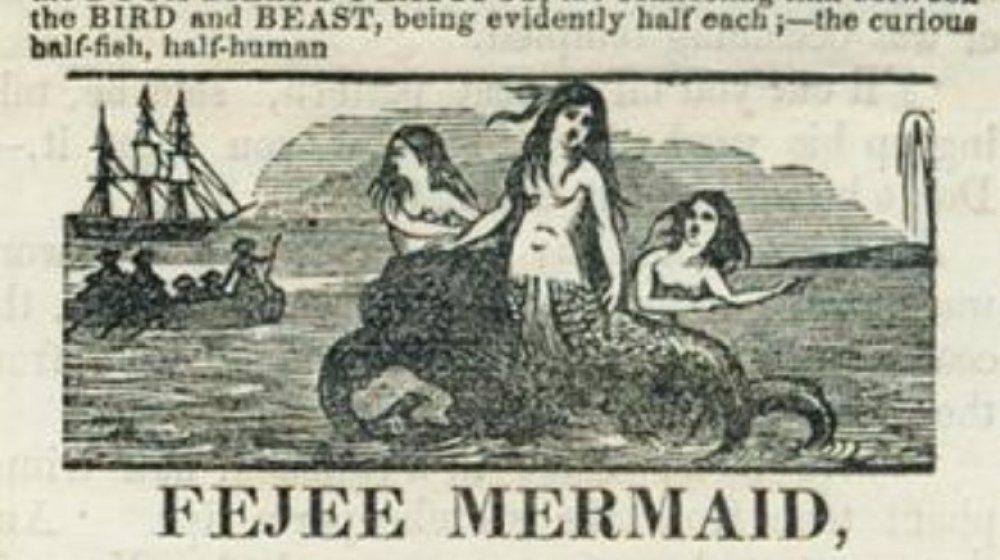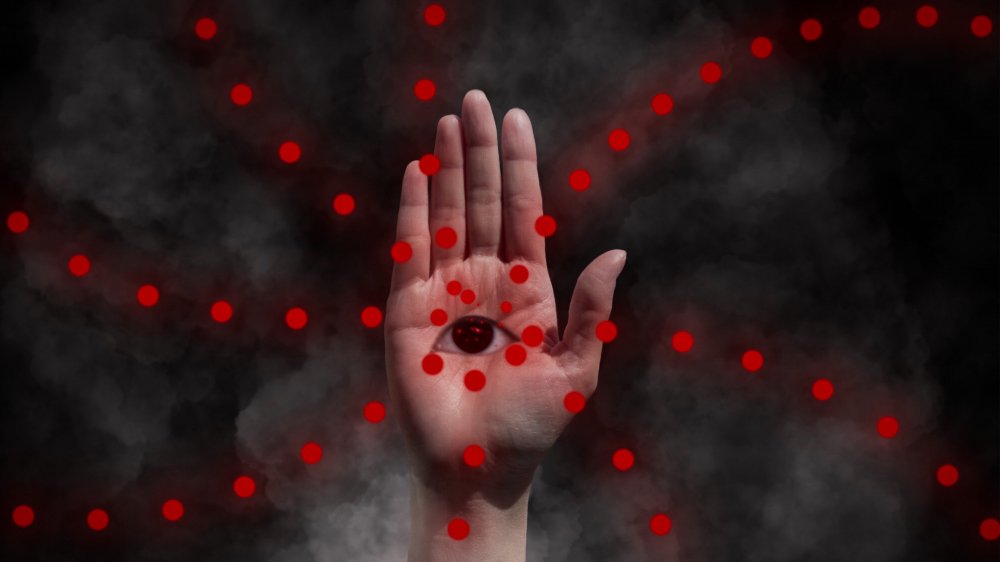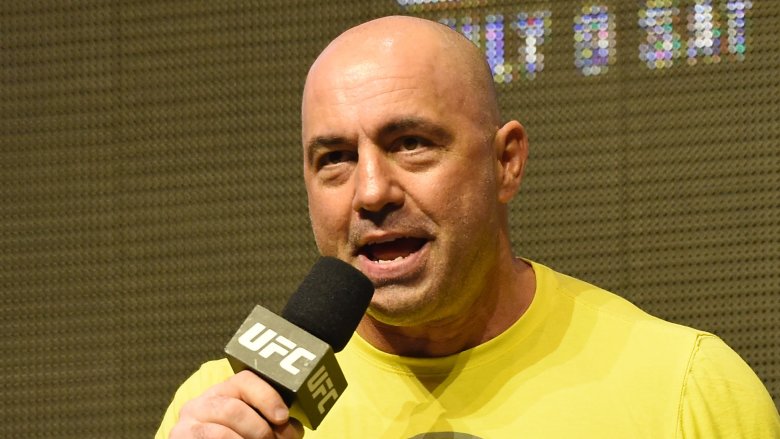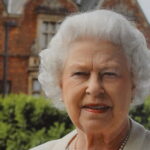
Rules Queen Elizabeth Has To Follow
Being a queen or any other sort of reigning monarch is generally understood to be a pretty good deal. You get the benefits of hereditary acclaim and wealth, while you also get the sort of attention and interest that other people desperately crave. Sure, it may feel like a lot after a while, but you’ve got a castle or two to retreat into, right?
Except, as many have already surmised, life as a royal is bound up in tradition and rules aplenty. Perhaps none are quite as rule-bound as Britain’s Queen Elizabeth II, one of the world’s longest-reigning monarchs and, according to The History Press, the longest-reigning British royal ever. From dinner parties to state occasions, she must carefully watch herself and those around her, lest she engage in a social snafu, upset a dignitary, or completely upend her country’s system of government.
While some might argue that Her Majesty, along with all other royals in Britain, is now little more than a ceremonial figurehead, that doesn’t quite get at the complexity of her role. Moreover, she’s a very visible and well-regarded head of state. That sort of soft power may not directly pass any legislation, but it’s nothing to sneeze at, either. So, the rules that Queen Elizabeth must mind in order to maintain that image and her role in government are still a pretty big deal. Here are some of the most notable rules the queen has to follow.
Queen Elizabeth isn't supposed to vote
Being a monarch has historically been a pretty tricky proposition. Sure, a queen or king may have plenty of power and a swanky palace, but the political ups and downs of a nation could mean that a royal family could get in hot water pretty quickly. After all, as History reminds us, it was Charles I‘s political maneuvering, including dissolving Parliament numerous times, that ultimately got him accused of treason. That in turn led to his head departing the rest of his body in 1649 via an executioner’s ax.
Considering that sort of history, it’s no wonder that the modern-day Queen Elizabeth II and her family have scrupulously tried to stay above the political fray. Not only does it keep their necks safe, but it also helps to improve their family’s image.
As a result of their political distancing, the queen does not vote. As Vanity Fair reports, it’s a pretty strongly held tradition, though there’s no law formally keeping British royals from casting a vote. Neither does she publicly express her political opinions, to the point where the weekly meetings between her and the prime minister are kept entirely private, as the Royal Family maintains.
When traveling, Queen Elizabeth and other royals have to pack a black outfit
Though it seems pretty morbid, this rule has a very real basis in Queen Elizabeth’s experiences as a brand-new monarch. According to Mental Floss, Elizabeth was traveling in Kenya in 1952 when her father, George VI, died of lung cancer. She and Prince Philip returned immediately to the United Kingdom, but then the young queen had to sit and wait in the airplane as it sat on the tarmac. She hadn’t packed mourning-appropriate clothing. This meant that she had to have a more somber outfit delivered to her before she could be seen leaving the plane. The rule was enacted soon after.
Now, members of the royal family, including the queen, are expected to pack — or, rather, have someone pack for them — an all-black outfit. That way, if a member of the royal family dies while they’re out touring the Commonwealth or leading activities at a charity, they won’t be caught unawares like Queen Elizabeth was decades ago.
The queen has the responsibility of opening and closing Parliament
Though the Divine Right of Kings has eroded to the extent that British monarchs now have largely ceremonial roles, Queen Elizabeth still has a few duties connected to her nation’s government. Officially speaking, Parliament can’t open or close without her say-so. As the UK Parliament states, the ceremony of opening Parliament actually begins at Buckingham Palace, where the queen begins her procession to the Parliament building, where she enters via, of course, the Sovereign’s Entrance. She enters the chamber of the House of Lords wearing the State Crown and the Robe of State.
The House of Commons is invited to the occasion, though they ceremonially deny any interest three times before filing in the House of Lords. The idea, stemming from the English Civil War, is that the Commons is independent of the monarch, though modern-day parliamentarians are more staid and generally more polite than in the time of the bloody civil war.
The queen is also supposed to close out each session of Parliament. In somewhat more extraordinary times, she can also prorogue Parliament, or put it into a recess where members can’t vote, though typically a prime minister has to ask her to do it first. Her power to do so is pretty limited, however, and was made even more so by the 2011 Fixed-term Parliaments Act.
The queen is expected to deliver a speech to Parliament but doesn't write it
Every year, as she opens Parliament, the queen sits on a throne installed in the House of Lords and delivers a speech to Parliament. As the UK Parliament explains, the speech is meant to inform everyone present of the government’s aims for that session, from policy outlines to proposed legislation.
However, the incoming government writes the speech, not Queen Elizabeth herself, says the UK Government. Essentially, someone hands her the speech at some point and the queen reads it out loud. Underneath all of the finery of the royal entrance, the state robes, and the crown, Queen Elizabeth’s regular speeches to Parliament aren’t much more than a duty that she must complete purely as a figurehead. Once she’s done, the House of Commons officially thanks her for the nice talk and then, the plans she outlined in the speech go into debate. This is where the queen probably enjoys the privilege of being able to leave, as those debates typically go on for days before anything’s decided.
The queen has to appoint the new prime minister and other officials
As per How Stuff Works, part of the queen’s reserve powers involves appointing new advisors and cabinet members, including the prime minister themself. Though, like so many of her constitutional duties, Queen Elizabeth’s role in this process is largely ceremonial anymore, as leaders like prime ministers are actually elected. However, no one’s skipped her go-ahead since she took the throne in the 1950s and began approving the first in a series of 14 prime ministers.
That ceremonial duty takes place the day after the U.K. general election. The potential prime minister makes their way to Buckingham Palace for an audience with the queen, who asks them if they’re prepared to form a new government. They say yes, of course, or certainly have done so since the whole affair began.
As The New York Times reports, this meeting is called “Kissing Hands,” though the actual hand-kissing hasn’t happened for quite some time. The fact that it’s reported as “the Prime Minister Kissed Hands on Appointment” is simply tradition nowadays. Presumably, the queen would be pretty taken aback anymore if someone tried to go old-school and went to kiss her actual hand.
Queen Elizabeth is supposed to approve all bills coming out of Parliament
One of the rules Queen Elizabeth must follow when it comes to her nation’s government involves what must be a ton of paperwork. That’s because, as the BBC reports, she has to give “Royal Assent” to all bills passed by Parliament, which is effectively the last step before they become law. At least she doesn’t have to leave whatever palace or estate she’s in to give said assent, as the last known monarch who delivered Royal Assent in person was Queen Victoria in 1854. Once the Royal Assent has been secured, the bill finally comes into effect and is officially an Act of Parliament.
Though Queen Elizabeth has dutifully signed all bills that have come her way, that hasn’t always been the case for British rulers. Queen Anne was the last monarch to deny Royal Assent in 1707. And, as The Conversation argues, it would be utterly shocking and destabilizing if a modern monarch like Elizabeth were to deny Royal Assent today. A situation like a bill that had passed but was still unpopular with her advisors would put the queen in a potentially tough spot if said advisors urged her to refuse consent. Perhaps, considering long ago political turmoil, that’s why Her Majesty and so many of her predecessors haven’t taken such a radical step for centuries.
The queen needs to wear those neon outfits for a reason
Anyone who’s taken even a cursory look at Queen Elizabeth’s public fashion over the years has surely noticed that she sometimes looks a bit like a brightly colored crayon at times. Why does she insist on dressing in bright color-coordinated outfits that make her stand out so plainly even amongst the biggest crowds? As it turns out, that’s all part of a self-imposed rule that the queen has been operating under for many years now.
According to Good Morning America, the rainbow outfits are actually a part of what the queen considers her duty to the public. Consider that some people travel many miles and hours just to get a glimpse of her. Given that she often shows up in public to large crowds that could eclipse anyone, how could those travelers ever hope to see the queen? That’s where the highlighter-colored outfits come in. Just look for the woman dressed all in bright orange, or purple, or blue, or whatever the color of the day may happen to be. That’s all according to Angela Kelly, the queen’s long-serving fashion advisor, who helps Her Majesty plan out outfits that will help the monarch stand out in a crowd but will keep her looking good and put together at even the longest, most stultifying events.
The queen has to follow conversation protocol during dinner parties
Much of Queen Elizabeth’s life is pretty regimented, to say the least. She’s obliged to follow a schedule while being herself followed about by other royals, bodyguards, and the public. State dinners and other occasions are no reason for her to let up, either. Even the matter of who she talks to, when she talks to them, and how she chooses to converse all come down to a series of social rules.
According to the BBC, Queen Elizabeth’s standard dinner party procedure is to first start a conversation with the person sitting on her right, the typical seat for a guest of honor. After the first course, she’ll switch over to the diner on her left, then back after the next course. According to The Telegraph, Formula 1 racer Lewis Hamilton wasn’t up on the etiquette rules and tried to talk with her first, but was gently rebuffed. “No, you speak that way first,” she reportedly said, “and I’ll speak this way and then I’ll come back to you.” Hamilton, after finally getting to speak with Her Majesty, later said, “She is really cool.”
That the queen seems to be pretty skilled at the art of conversation seems to be a well-accepted fact, reports Business Insider. As many have reported, she’s ace at directing talk to her companion’s interests and asking relevant questions. Her mother and grandmother, who taught young Elizabeth royal etiquette, were surely proud of their pupil’s work.
Queen Elizabeth has the responsibility of declaring war or peace
Though one might not assume it by looking at her, the queen is actually head of the U.K.’s Armed Forces, as the Royal Family reports. Don’t let the suit sets or string of pearls fool you. If things really came down to it, Queen Elizabeth could declare war.
Specifically, as the official head of the Armed Forces, the queen has the power to declare war or peace, according to How Stuff Works. She can therefore commit British troops to a conflict and also sign treaties involving her nation. However, don’t get the idea that Her Majesty is about to ride into battle anytime soon, especially not on a whim. Like so many of her other reserve powers, this one is still pretty limited. Convention strongly demands that she consult with officials before making this or other similarly drastic moves.
It is practically unthinkable that Queen Elizabeth would declare war on a country or, on the flip side, surrender to another without getting some serious input from the prime minister and other government ministers.
Queen Elizabeth has a serious job as head of the Commonwealth
Though it’s mostly symbolic, Queen Elizabeth’s role as head of the Commonwealth demands plenty of real world duties that, according to History Extra, she’s in the running for most globe-trotting royal ever in world history. That’s in large part because the Commonwealth of Nations consists of quite a few different nations, today 54 in number according to The Royal Family. They include places as far-flung from the British Isles as Australia, Barbados, and Papua New Guinea. The Commonwealth was more or less founded in 1926, History Extra reports, though it’s since gone through plenty of changes throughout Elizabeth’s reign.
Being head of the Commonwealth has meant plenty of travel, which also means plenty of speech-giving and state events. She’s also served as a unifying figure for a group that’s often been wracked by internal conflict and a long, tense grappling with the postcolonial legacy of Britain. Ceremonial as it may be, the queen’s role here is symbolically still important.
As closely linked as the job is to Queen Elizabeth, the fact of the matter is that “head of the Commonwealth” is not a hereditary role. Though, as Harper’s Bazaar reports, the queen has pushed for her son, Prince Charles to take over in her stead, that’s not a done deal. Ultimately, all this means that the leaders of Commonwealth countries will have to meet and agree upon the next person to step into the role.
Queen Elizabeth has to approve some royal marriages
Throughout much of British history, royals had to get the monarch’s permission to marry. Things could get pretty dicey if even minor court folks got all matrimonial behind a monarch’s back, as when Lettice Knollys fell out of favor with the first Queen Elizabeth after she dared to get married without royal approval in 1578, though, as the Tudor Society hints, that might be because her beau was a favorite of the queen’s. As Town & Country reports, the power of the monarch to sign off on royal marriages was even enshrined in legislation with the 1772 Royal Marriages Act.
Though it must be nice to have some of the power, the rules of who can marry whom surely have gotten tense even for a pretty undramatic monarch like Elizabeth II. At least things have gotten a little less formal, according to Mental Floss. That’s because the 2013 Succession to the Crown Act means she only has this power over the first six people who are in line to the throne. Considering those people are close family, it’s just as well that she doesn’t have to wield this rule over too many other people. The same act, by the way, also means that women in the line of succession get to keep their spots, when before the birth of a younger male relative meant that a baby boy would have scooped their spot.
She's not allowed to sign autographs
Though plenty of people travel to meet Queen Elizabeth, and the queen herself is often conscientious of their efforts — consider the brightly colored, easy to spot outfits she wears — her crowd pleasing can only go so far. If someone asks her or any other royal for an autograph, then they’re bound to be disappointed.
That’s because Queen Elizabeth and the other royals actually aren’t allowed to give out autographs, as Travel + Leisure reports. They operate under the reasoning that their signatures could be forged for a variety of nefarious reasons that range from embarrassing to dangerous. Prince Charles, Elizabeth’s son and the heir apparent, once did break the rules a bit in 2010, but his signature, which read “Charles 2010,” hasn’t been known to have caused trouble since then.
Still, it’s pretty darn hard to find Queen Elizabeth’s signature. It’s out there, but on precious few items. As Paul Fraser Collectibles estimates it, a nice signed photo of the queen could cost you somewhere in the neighborhood of $8,000, though apparently a private letter complete with a royal signature will only hurt your bank account by a little over $1,000. Those are now all nearly vintage pieces, however, so anyone hoping for a modern signature from the queen or her immediate family will be disappointed to learn that she really must abide by this rule.

What The Jehovah's Witnesses Really Believe About Satan
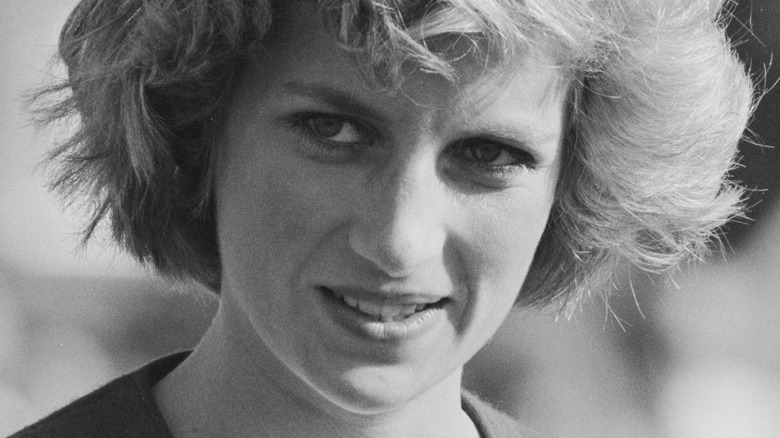
Did The CIA Really Bug Princess Diana's Phone On The Night She Died?

How Dubai Is Using Drones To Make It Rain

The Truth About The Deadly 1839 Coringa Cyclone
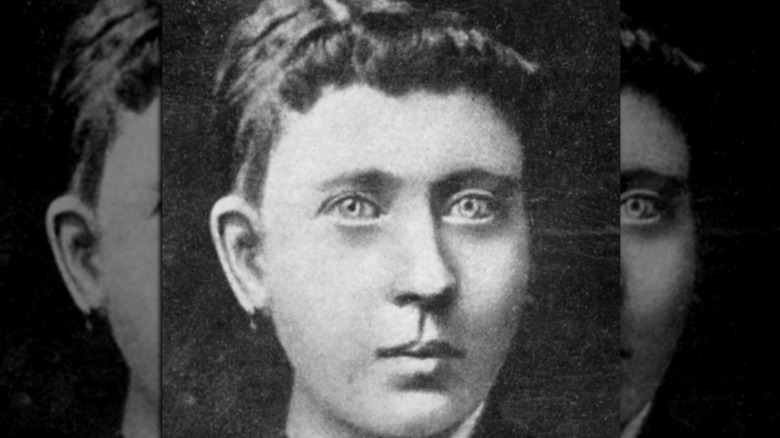
The Dark Truth Behind The Woman Who Raised Hitler
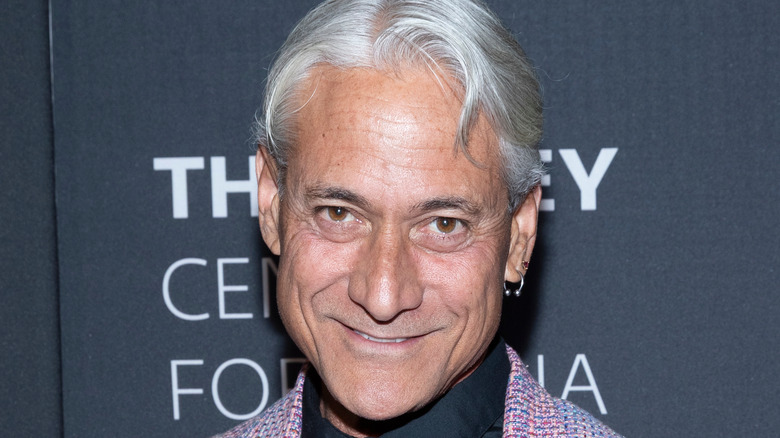
The Tragic Real-Life Story Of Greg Louganis

Holes That Have Taken The Most Human Lives

This Is How Long Human Blood Vessels Really Are

What The Last 12 Months Of Malcolm Young's Life Were Like

What Is Manna?
